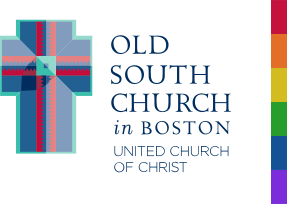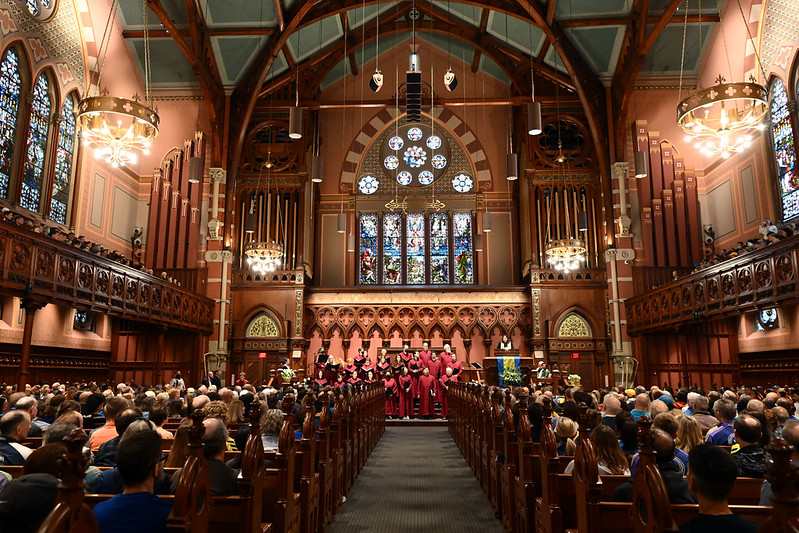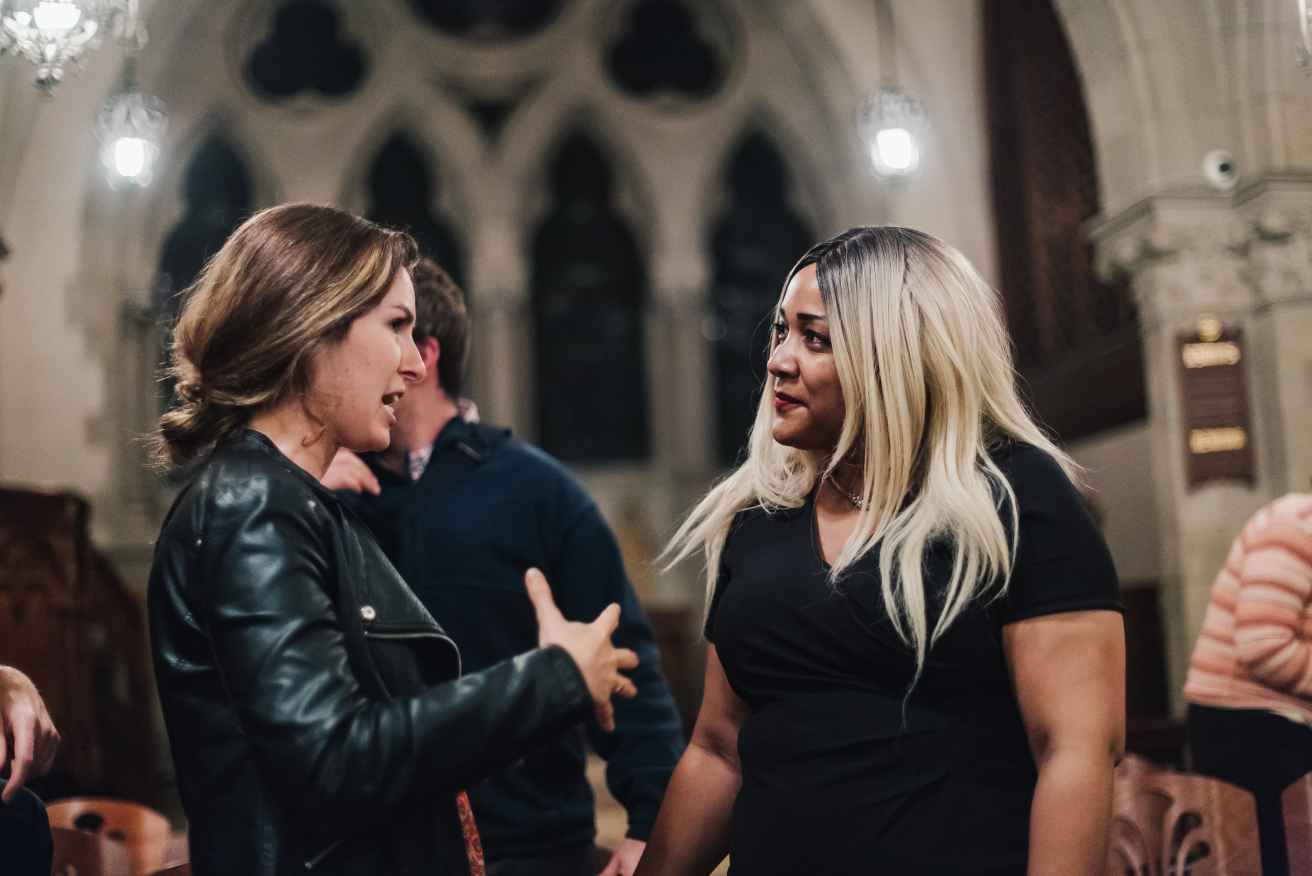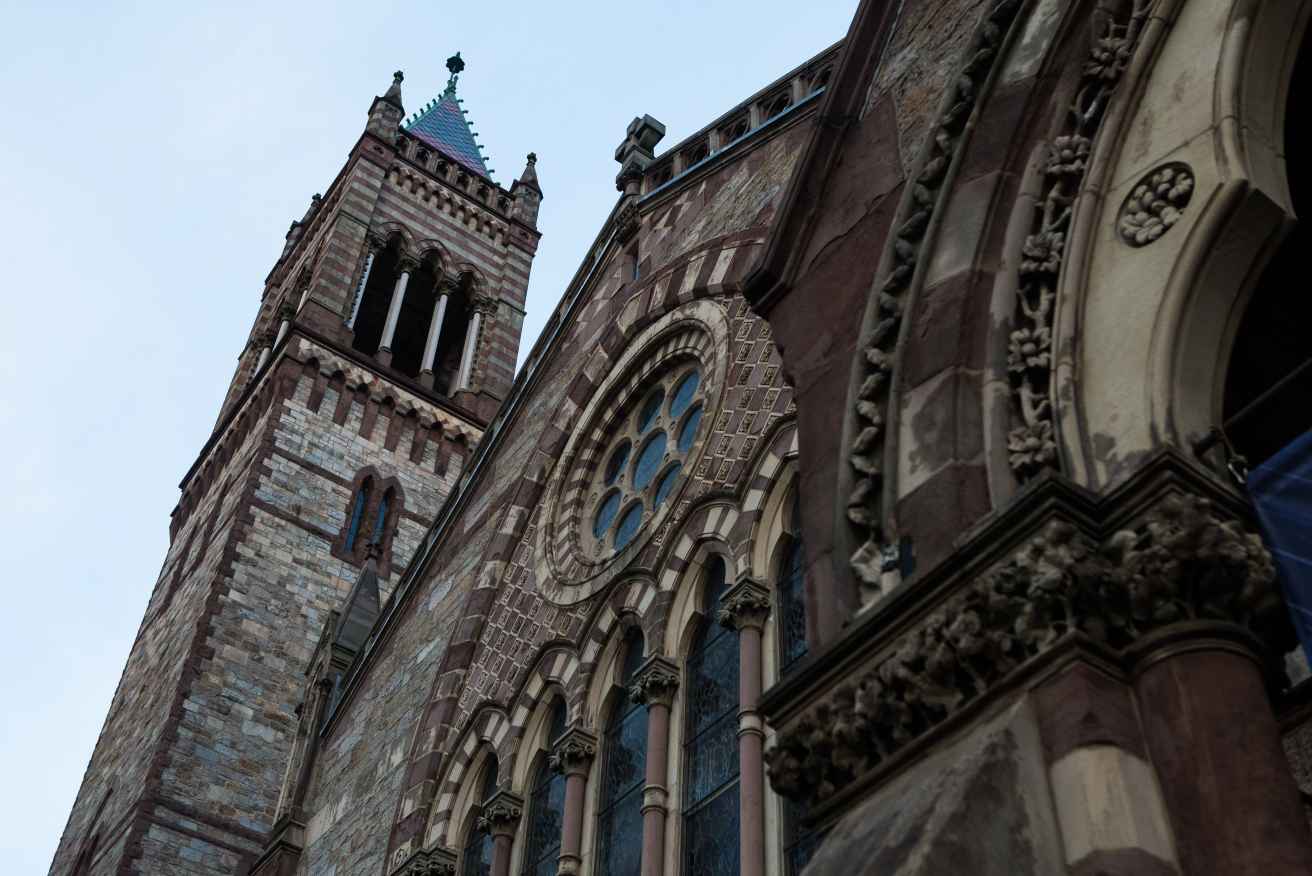This year, February 18 marks Ash Wednesday, the beginning of the Lenten season. The forty days of Lent offer us an opportunity to prepare ourselves for the healing blessing of Easter. Our Lenten season is to be a time of deeper spiritual reflection, silence, study, and service, helping us in our soul’s ongoing healing process.
One of the questions we may reflect upon this Lent is “what is it that brings healing into my life and the life of my community?” Here we need to discern the difference between curing and healing. An example from my own past was living in the reality of HIV/Aids before protease inhibitors changed the landscape of the disease. It was clear that offering my prayers for healing did not necessarily mean the friends that I was accompanying on the journey would be cured of their infection. But that did not mean they could not be healed. Curing and healing are two different realities. Healing into death is certainly a challenging concept in our culture, which expects to have a cure for everything. Healing into our death is a reality for which the spiritual life has offered guidance for generation after generation.
“Memento mori” is a Latin phrase for “remember your mortality.” It is one of the phrases used for centuries in monastic orders and spiritual communities of all kinds. It is not to be a morbid reminder of our death, but is to be a liberating reality grounded in truth, releasing us from denial, which would inhibit our spiritual growth. Ash Wednesday is our way of lifting up this potentially healing insight. We are to be reminded of God’s great Love for us that carries us through the worst the world can do to us—that carries us through death itself to offer us a new way of being, a new life that comes only after we have been released from our misguided idea that we can save ourselves. It is through God’s great Love that we find the gift of our immortal life. As one theologian has put it, “Remember you are dust … Stardust.”
The Spirit drove Jesus into the wilderness immediately after his baptism (Mark 1:12). The forty days he spent there were a time of great discernment through which he was able to truly claim his identity and know who he was. This clarity enabled him to say “no” to the great temptations of the ego: omnipotence, omniscience, and immortality. Each of these ego temptations needed ultimately to be rejected so his soul could be healed and freed from the fear based in the ego that would otherwise destroy him. This is the template for our own Lenten journey. How might the Spirit be driving us into our own wilderness where all the signposts of the culture have crumbled into ruins, having promised so much and delivered so little? How might this be our invitation to remember who we are as God’s own creation, healing our tendency to trivialize life by looking only at temporary fixes when our souls need the depth of true healing God provides? God’s healing leads us to Truth itself, helping us understand our identity is grounded in God’s creative power, which has brought us into being.
To know the healing power of God’s Love means we will be accompanied through every crisis, bringing us a peace in which Jesus is our comfort, our companion, and our compassionate friend. To know God’s healing is to allow God to come with us beyond fear to the deep assurance that whatever happens, even death itself, we are in God’s loving arms, where all will be well with our soul this day and every day. This Lent, may we accept the invitation to be open to such an amazing grace that God our Creator offers us.







